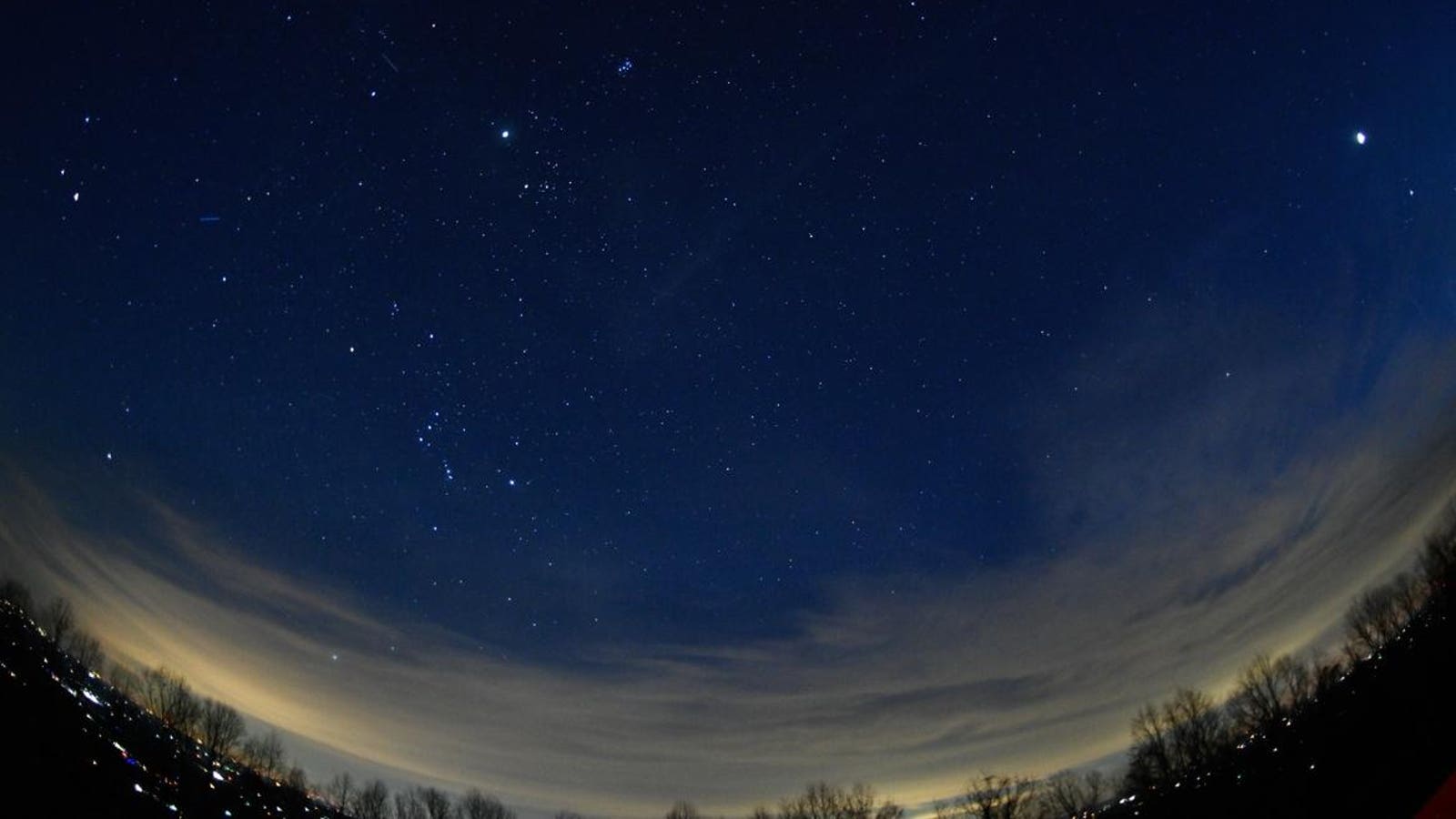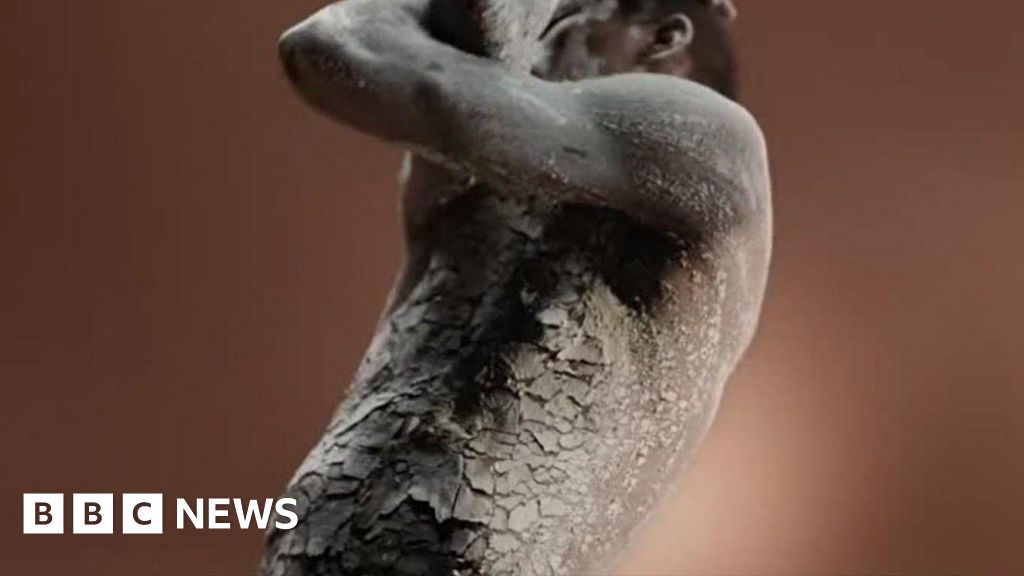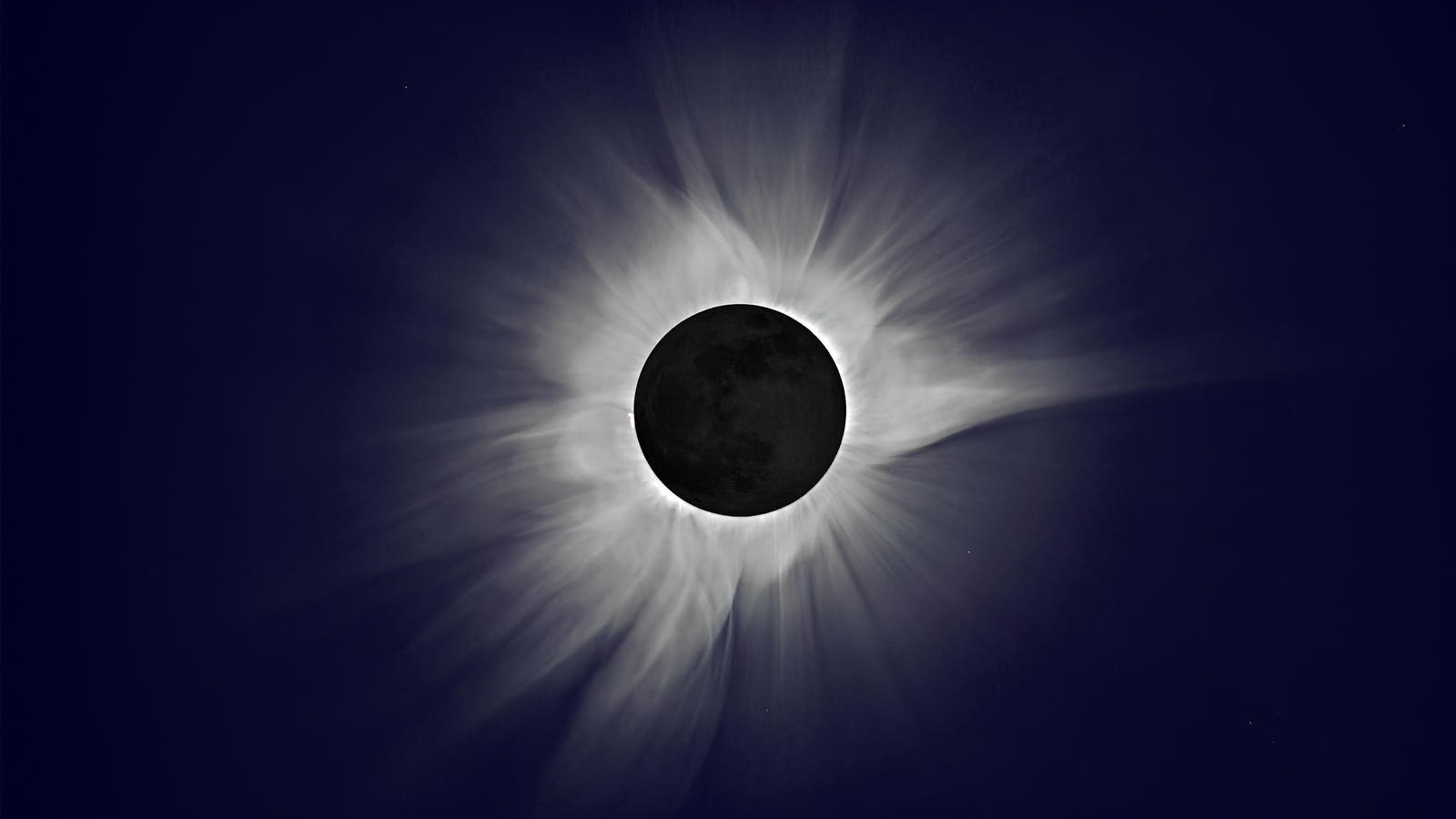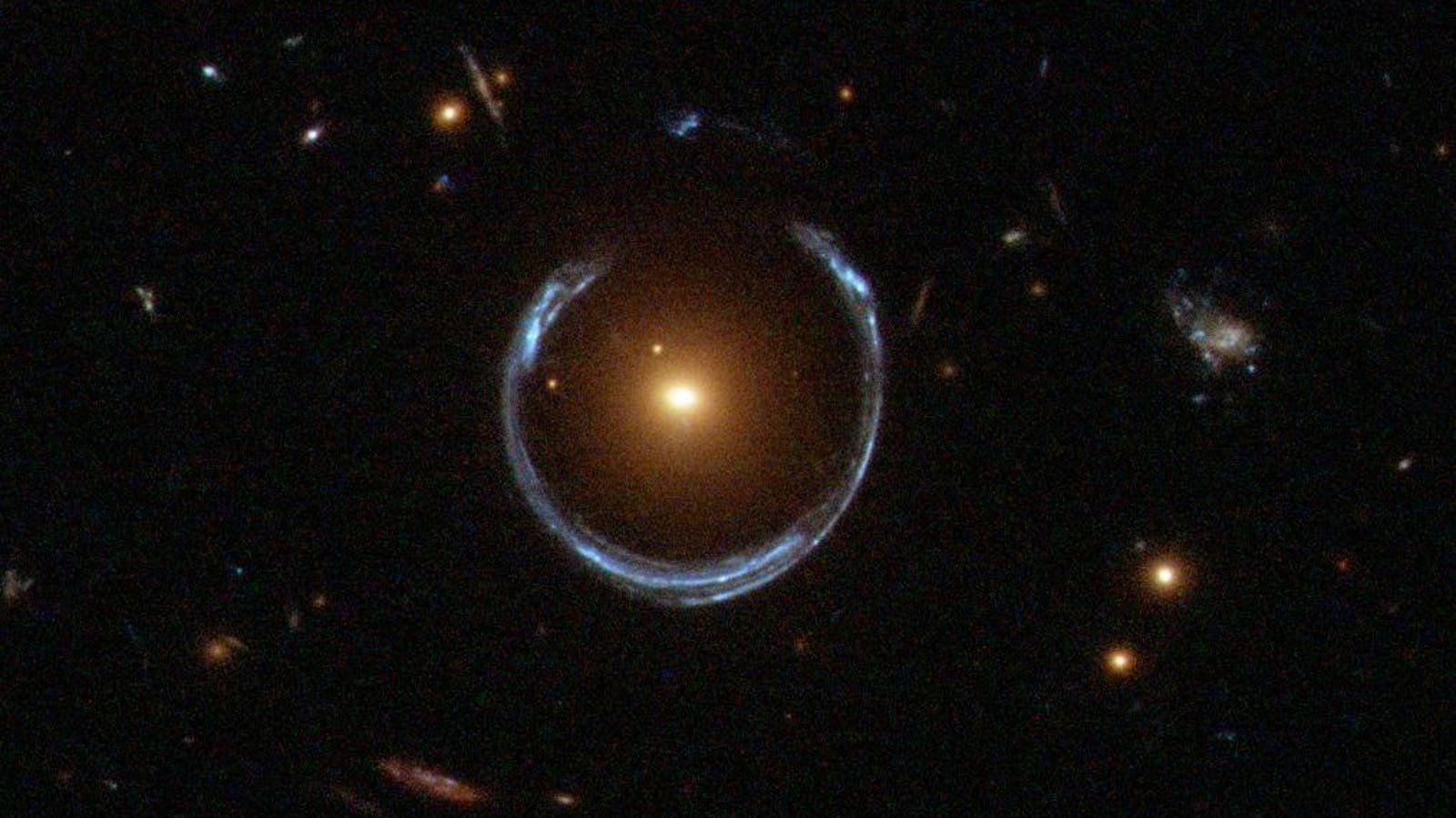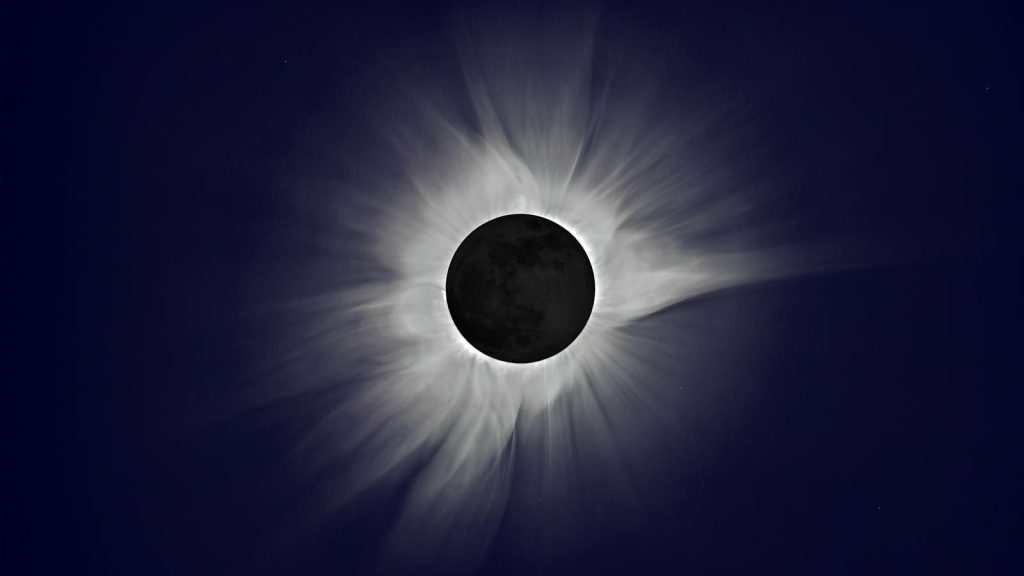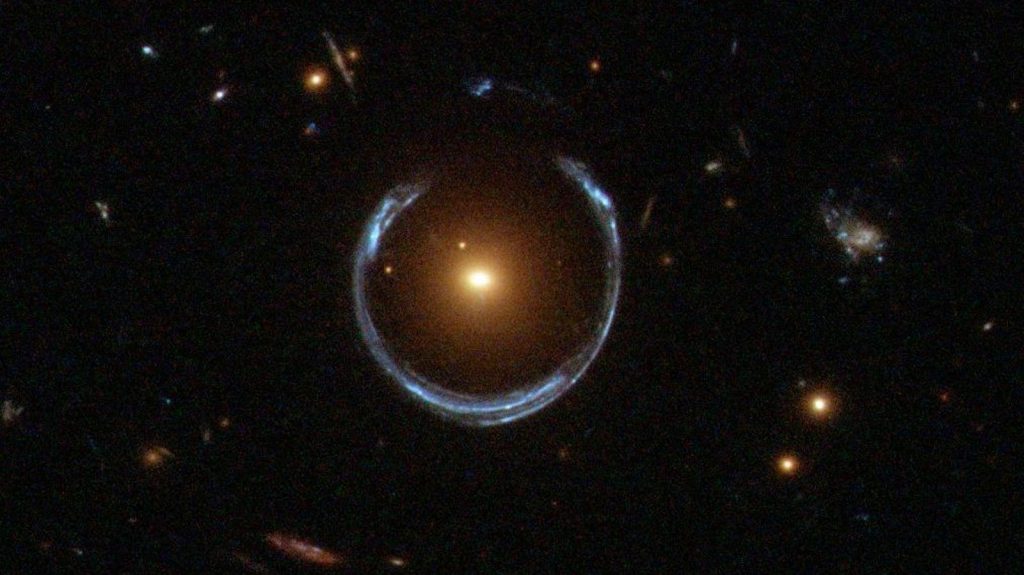Topline
A six-planet parade — sometimes called a planetary alignment — will adorn the pre-sunrise morning sky on Friday, Aug. 22, with four of them visible to the naked eye. Venus, Jupiter and Saturn will be easy to see, while tiny Mercury is visible this week shortly before sunrise. Uranus and Neptune are also in the night sky, but can only be seen using binoculars or a telescope. Mercury will have sunk by next week, effectively reducing the sight to a five-planet parade.
Before sunrise on Aug. 33, brilliant Venus and Jupiter rise side by side in the eastern sky, leading a six-planet parade that stretches across the dawn horizon. (Photo by Peter Zay/Anadolu via Getty Images)
Anadolu via Getty Images
Key Facts
Although Saturn, Jupiter and Venus (as well as Neptune and Uranus) will already be in the sky, looking east about 90 minutes before sunrise where you are on Friday, Aug. 22, will give you a chance to see Mercury about 10 degrees above the eastern horizon. That’s about the same width as an outstretched fist held against the sky. Binoculars may help in bright dawn light.
It’s rare to see Mercury so high in the sky and relatively easy to see. The “Swift Planet” reached what astronomers call its greatest elongation west — the farthest it appears to be from the sun’s glare before sunrise, as seen from Earth — on Aug. 19.
According to When The Curves Line Up, the naked-eye planets — Mercury, Venus, Jupiter and Saturn — will span 130 degrees of the sky, in an arc from east to southwest. Mercury will be the fourth-brightest starlike object after Venus, Jupiter and Sirius. The moon is not in the sky during the parade this week.
Planet-rise and planet-set times for an exact location vary, so use an online planetarium that displays that data.
The following “planet parade” will happen during October 2028, when five planets will be visible together, again before sunrise.
Looking east 45 minutes before sunrise from mid-northern latitudes on August 22, 2025, three planet are visible, with Saturn bright in the southern sky.
Stellarium
What About The Outer Planets?
The outer planets, Uranus and Neptune, are not visible to the naked eye. However, they are relatively easy to find this week by using a pair of 10×50 (or similar) binoculars or a small telescope. Uranus is just below the Pleiades open star cluster, while Neptune is just to the upper-right of Saturn. If you want to see these planets, observe a couple of hours before sunrise, well before looking for Mercury.
What’s Next In The ‘planet Parade’
As Mercury sinks slightly lower into the pre-dawn sky, the “planet parade” is on the cusp of dissipating and becoming a five-planet affair. Exactly when that happens depends on the latitude of the observer. Saturday, Aug. 23, will see a seasonal “black moon,” the third new moon in a season of four. It means moonless night skies ideal for stargazing and some of the best views of the year of the Milky Way for observers in the Northern Hemisphere.
A life size mock-up of the BepiColumbo spacecraft, on display at the Science Museum in London. (Photo by John von Radowitz/PA Images via Getty Images)
PA Images via Getty Images
Europe And Japan’s Mission To Mercury
In 2018, space agencies in Europe and Japan sent a $1.8 billion mission called BepiColumbo on a seven-year journey from Earth to Mercury. Having left Earth in 2018, it will reach Mercury in November 2026, a delay of 11 months from the original date.
BepiColumbo conducted a close flyby of Mercury in January, taking some spectacular images of its pockmarked surface. BepiColombo is named after the late Professor Giuseppe (Bepi) Colombo, an Italian mathematician and engineer who discovered a resonance that makes Mercury rotate on its axis three times every two years.
Further Reading
Forbes‘Planet Parade’ Myths Debunked And How To Truly See It — By A StargazerBy Jamie CarterForbesNASA Urges Public To Leave The City As Milky Way Appears — 15 Places To GoBy Jamie CarterForbes9 Places To Experience The Next Total Solar Eclipse A Year From TodayBy Jamie Carter

